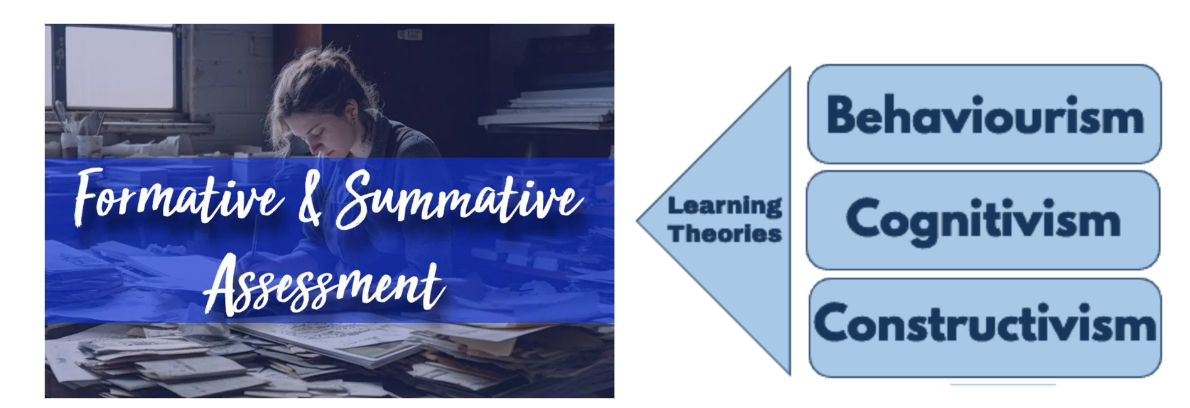Introduction
Inquiry-based learning is a student-centred approach to instruction that encourages active learning by asking questions, conducting research and exploring new ideas. In this type of learning environment, students are motivated to participate in the learning process and have the opportunity to explore their innate curiosity. Students also have the chance to share their discoveries with their peers and learn from each other (Scholl, 2022).
Overview of the characteristics
The main characteristics of inquiry-based learning are: 1) student-centered. In inquiry-based learning, the role of the instructor shifts from being a transmitter of content and knowledge to being a facilitator in the student’s learning process. Inquiry-based learning encourages independence, autonomy, responsibility, and the development of essential skills. 2) Real-world component. Inquiry-based learning focuses on engaging students in and solving real-world problems they face and builds on those skills. 3) Ingrained culture. The culture of the classroom is critical to inquiry-based learning. For an inquiry-based approach to be successful and meaningful, instructors are expected to encourage students’ passion for questioning, observing, and discovering and focus on their curiosity. In addition, students are more engaged in the learning process of a course if they feel their ideas or interests are recognized and actively discussed in a collaborative group atmosphere (Victoria, 2020).
Relevance and alignment with our chosen topic
Inquiry-based learning aligns well with the topic we chose to teach: electronic health records (EHR) and electronic medical records (EMR). We design scenarios by asking questions like, “What are the specific functions of EHR and EMR? What are the similarities and differences in their use in real-world healthcare settings?” Students are then divided into small groups to discuss the questions, where they can gather information through Google Scholar, the UVic library, textbooks, etc., to analyze, reflect, and come up with conclusions. During this process, instructors promote and guide the discussion, encouraging students to come up with new questions or ideas and discuss them together.
Inquiry-based learning methods allow our students to have a more effective and engaging educational experience. They can enhance critical thinking by evaluating information and analyzing evidence from EHR and EMR. Using questions as an introductory approach, students can improve their problem-solving skills and promote independent learning, provoking them to think about using the EHR and EMR in real-world scenarios. In addition, students improve communication and collaboration skills within group activities, develop lifelong learning habits, and promote motivation through cooperation and discussion (Ptladmin, 2023). Our teaching themes closely follow the theme of inquiry-based learning, and our philosophy of teaching is centred on constructivism, which expects students to identify as active learners, with the teacher acting as a facilitator rather than a director in the learning process. We encourage students to construct knowledge through exploration and discovery and apply it to the real world for future development.
References
Ptladmin. (2023). Inquiry-Based Learning: 11 Benefits of Fostering Curiosity and Critical Thinking – Primed to learn. Primed To Learn. https://primedtolearn.com/inquiry-based-learning/
Scholl, A. (2022). What Is Inquiry-Based Learning? Types, Benefits, Examples. SplashLearn. https://www.splashlearn.com/blog/what-is-inquiry-based-learning-a-complete-overview/#:~:text=Inquiry%2Dbased%20 learning%20is%20a%20student%2Dcentered%20teaching%20method%20that
Victoria. (2020). 3 Key traits of Inquiry-Based learning. Learning by Inquiry.
https://www.learningbyinquiry.com/what-is-inquiry-based-learning/
Comment on @mohammedazimharis’s Blog Post:
Hi, I enjoyed your introduction and overview of Cooperative Learning. As a reader, I can understand how you interrelate the Cooperative Learning concept and its application in Alzheimer’s education through multiple perspectives and aspects, for example, by dividing students into small groups for discussion, thus developing their sense of responsibility, interdependence and social skills. Appropriate promotive interactions, where students can share their opinions and deepen their understanding, are evidence of the integration of Cooperative Learning and Alzheimer’s education.
I look forward to seeing the final content of your group’s Alzheimer’s Interactive Learning Resource, which I’m sure will be informative and interesting! Thanks for sharing your blog.
Comment on @jungjooyoon’s Blog Post:
Hi, thanks for sharing. After reading your blog, I can get a clear and comprehensive understanding of the concept of Direct Instruction, its features, and how it can be combined with your topic, “Application to Wearable Devices in Healthcare.” I believe that Direct Instruction is very effective for your topic because the application of wearable devices in healthcare requires specialized and specific steps and knowledge. Through Direct Instruction, including demonstration, practice, assessment and feedback, students can strengthen their knowledge and understanding to master this skill. It is a great blog to read, thank you.




matthewquach
Hi Xinyi,
Thanks for posting! I really enjoyed your overview and examples of inquiry based learning. Reading your post allowed be to understand what inquiry based learning is all about. As a fellow HINF student, your points regarding student centered learning, encouraging questioning, observing, and active discussions really reminded me of a few different HINF courses where many components of inquiry based learning are heavily used. I also enjoyed reading your example of inquiry based learning activities with the topic of EHRs and EMRs and I think they will work well in the interactive learning resource.
I have a few questions for you just to provoke some new ideas. Do you think that inquiry based learning would be more challenging to implements in an online learning environment compared to in-person? Based on the examples you provided, what are some technology/tools you could use to facilitate group discussion?
Your blog was a great read and has given me new ideas to think about. I look forward to working with you to complete our learning resource.
Thanks!
Matthew
XinyiFeng
Hi Matthew,
Thank you for your excellent comments. I appreciate that you enjoyed reading my post.
Regarding your great questions, I think implementing inquiry-based learning in an online environment is more challenging than face-to-face learning. This is because an essential aspect of inquiry-based learning requires active student participation. In an online learning environment where students lack direct interaction with peers and the instructor, such as eye contact and body language, staying interested in the class may be difficult. In addition to this, as mentioned in my blog, classroom culture is critical to inquiry-based learning. In virtual environments, it is relatively difficult for teachers to provide timely and constructive feedback; for example, delays in communication due to the internet and efforts to monitor teaching progress in virtual environments will be obstacles. Finally, group work is also a crucial part of inquiry-based learning. However, in an online environment, without real-time interaction, it is difficult to ensure that each member contributes and that some students become observers rather than active participants.
As a HINF student, I am reminded of many previous examples of tools that different HINF courses have used to facilitate group discussions, and these can be helpful tools to contribute to group discussions. For instance, incentives are where whichever group member takes the initiative to develop more ideas would earn points, resulting in a higher score on the final grade for participation mark. Also, visualization tools such as whiteboards or sticky notes can be used. This can be an effective way to keep track of the group’s ideas, as students can draw mind maps or write their ideas on sticky notes and post them on the whiteboard, then categorize and sort them.
These tools can be valuable references to make group discussions more efficient and productive!
I hope this answers your questions, and I also look forward to working with you on our learning resource!
Have a great day!
Xinyi
katechan
Hi Xinyi,
Thanks for sharing your blog! I think your conceptual statement of inquiry-based learning is perfectly on point. In fact, students in HINF programs are often tested on how they can apply foundational concepts to real-world scenarios. A typical exam assessment does not truly reflect a student’s understanding of the healthcare system. Therefore, I couldn’t agree more with your reference to inquiry-based learning helping students think critically. On the other hand, it makes me think of a new question. Inquiry-based learning requires active student participation, how do you think students can be motivated to participate spontaneously in discussion sessions?
Thanks,
Kate